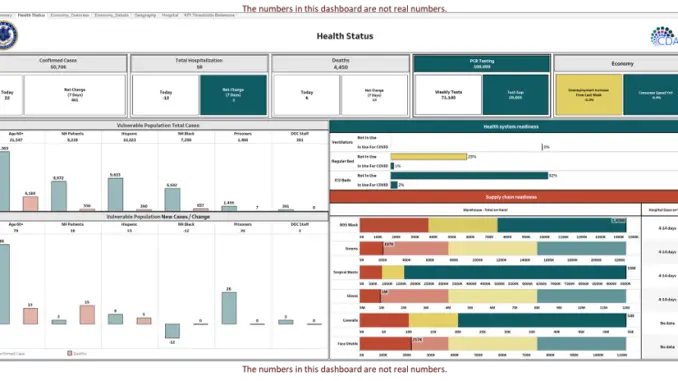
What You Should Know:
– In 2017, the University of Connecticut created a new unit called UConn Analytics and Information Management Solutions—UConn AIMS for short—to do the work of planning its health information network.
– Today, UConn AIMS is out of business, 20 people are out of jobs and the system developed for Connie at the cost of about $20 million has been discarded and dismantled.
An Abandoned Health Information Network Worth $20M
The effort to create a Connecticut health information network has a long and checkered history. Three attempts over nearly a decade ended in expensive failures. In 2017, the state decided to try again. The legislature assigned the job of standing up Connie to OHS, which hired several consultants, including UConn AIMS. OHS ultimately paid the unit about $20 million, most of it federal funds, to develop Connie’s computer architecture and analytics.
Connie, the latest attempt, was to have two purposes: enable medical personnel statewide to access a patient’s full medical history regardless of where the records are kept and analysis to improve care and reduce costs. The Core Analytic Data System — CDAS for short — created for Connie even had many other uses beyond healthcare. It did not go as planned, and today, UConn AIMS is out of business – a health information network worth $20M discarded by State officials.
Around the time of Connie’s launch in May 2021, the Office of Health Strategy (OHS), which was in charge of standing up the network, ended the funding and discarded the customized system UConn AIMS had spent four years developing. In its place, the agency purchased an existing system developed for Maryland’s health information network, whose annual cost will approach $1 million next year, Connie spokeswoman Jami Ouellette said.
Why UConn AIMS’ system was dumped and dismantled is unclear. Connie, an independent nonprofit, played no role in the decision, Ouellette said in an email.
Former OHS Executive Director Vicki Veltri, who left the agency July 1, would only say that UConn AIMS’ federal funding ran out at the end of 2020. In an interview earlier this year, Veltri, who had high praise for the CDAS system in an August 2020 UConn Today article, said she consulted with UConn and the state Department of Social Services (DSS), and “there was a combined decision to go in another direction.” But Stephanie Reitz, UConn spokeswoman and manager of media relations, said the school, which defends the system, only agreed to withdraw UConn AIMS’ system “when it became evident that the funding would expire without other sources available to continue supporting it.” UConn is disappointed that Connie does not use the innovative system its unit spent years and millions of dollars developing, Reitz said.
“UConn wishes the work of AIMS would have led to a different outcome,” she said. “The university entered into the endeavor with OHS to develop a novel data analytics solution better than products offered by private contractors and that could add value to the state and beyond. We believe that [UConn AIMS’] product did exactly that.”
The discarding of their system left three UConn AIMS team members, all of whom lost their jobs, so angry and frustrated that they filed a complaint late last year with the State Auditors of Public Accounts asking it to investigate. The auditors, per their policy of neither confirming nor denying investigations, declined comment.